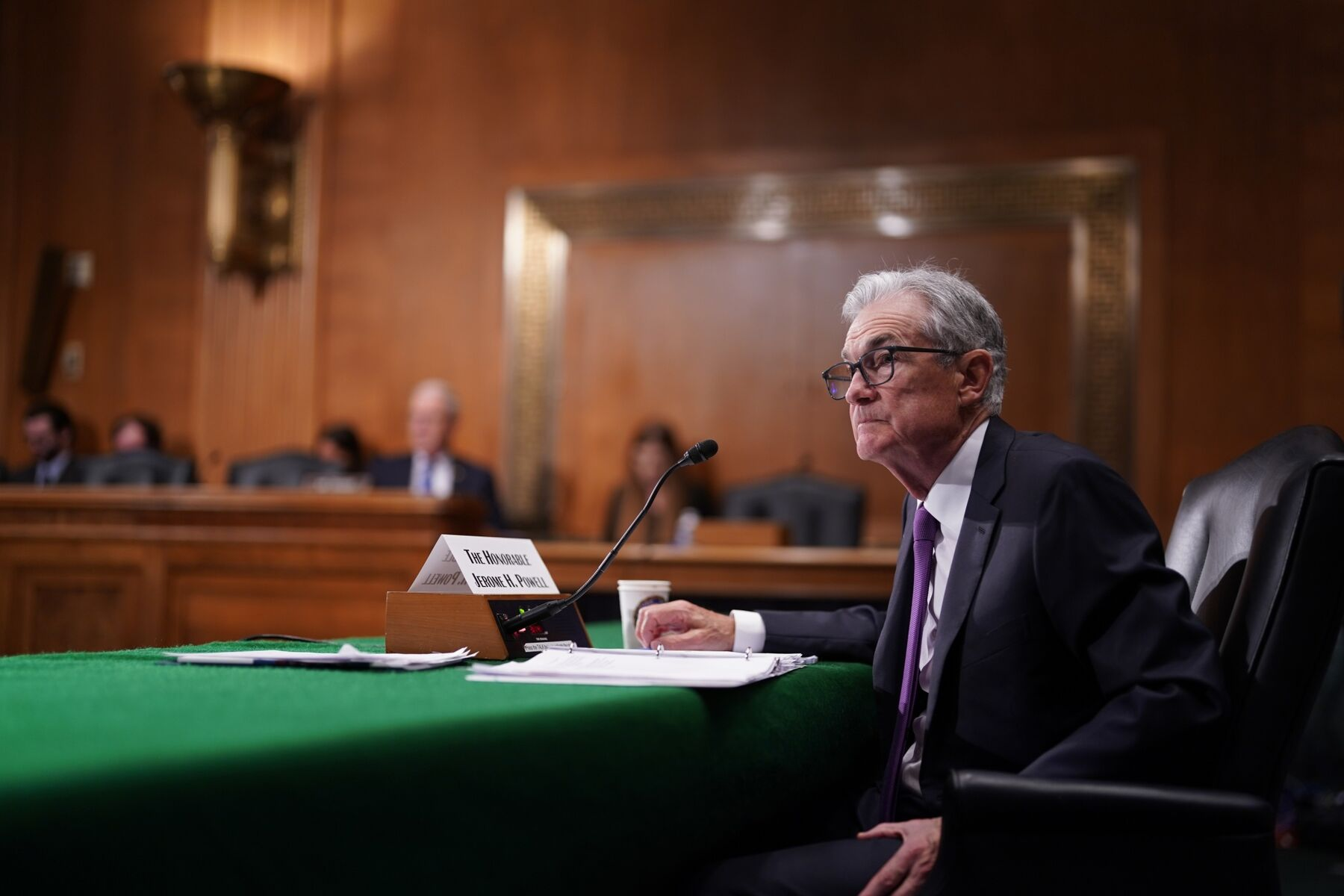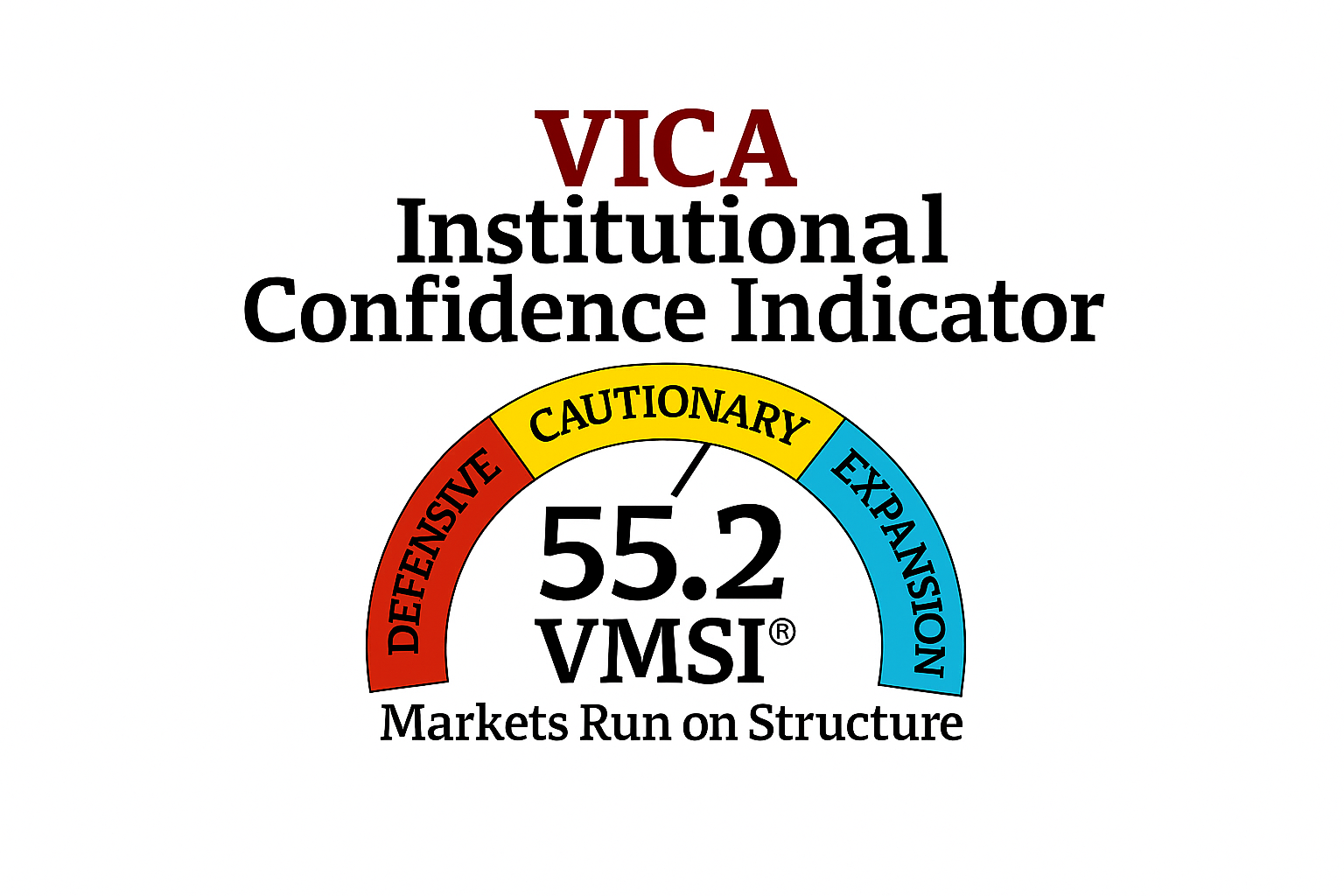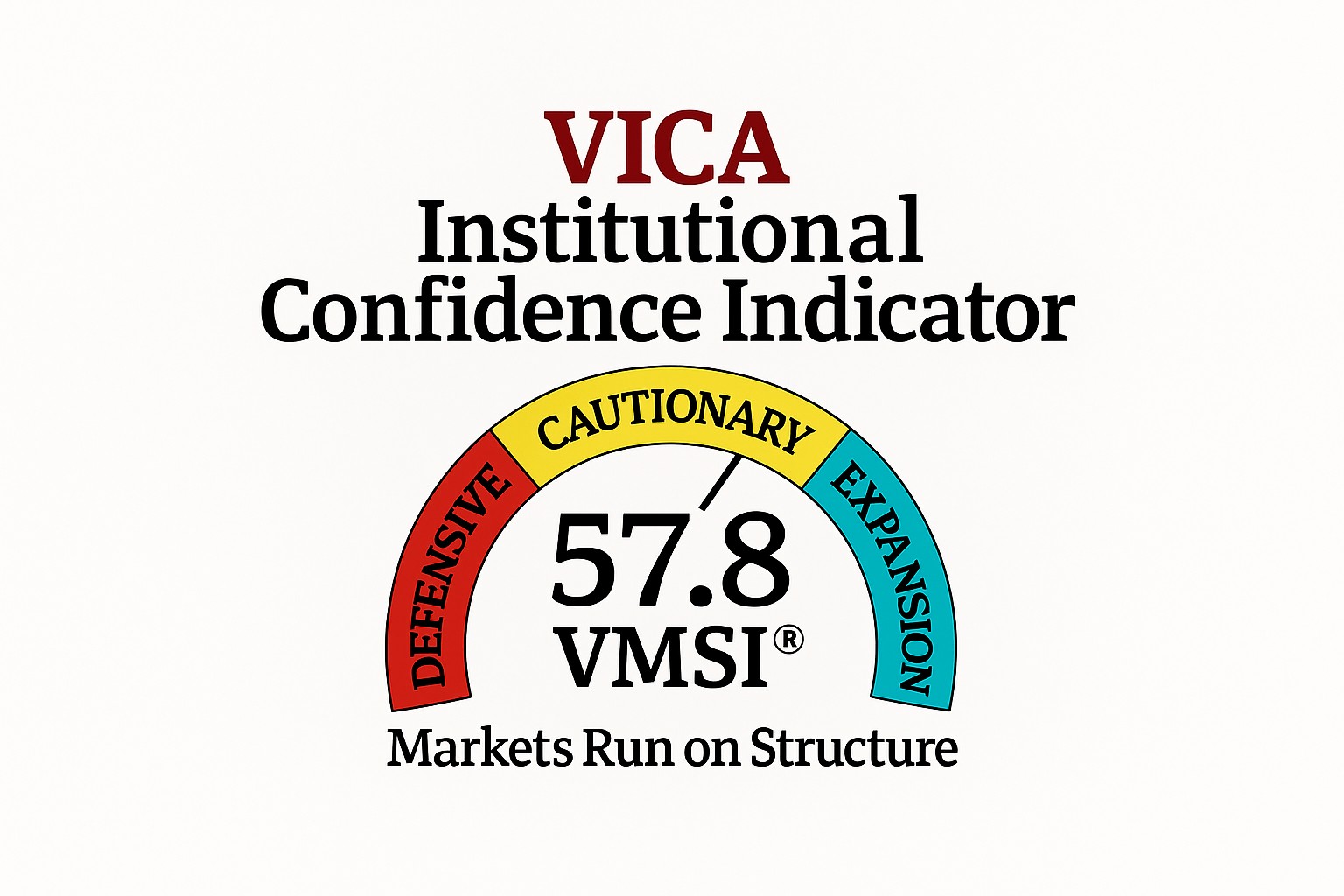Stay Informed and Stay Ahead: Economics, July 9th, 2024
Federal Reserve Watch: 15 Essential Questions
As economists and financial professionals scrutinize the Federal Reserve’s policies and their implications for economic stability, these 15 essential questions posed to Federal Reserve Chair Jerome Powell provide a detailed examination of modern monetary policy:
1. Inflation Targeting: How does the Fed reconcile its dual mandate with current inflation trends, and what models predict inflation persistence? Understanding the Fed’s approach to managing inflation is crucial for assessing its impact on consumer purchasing power and overall economic stability.
2. Monetary Policy Reaction Function: Detail the Fed’s response to current economic conditions, weighing unemployment and inflation deviations. Clarity on how the Fed adjusts interest rates in response to fluctuations in unemployment and inflation is essential for predicting economic trends and market behavior.
3. Quantitative Tightening: What impacts are expected on term premia and long-term interest rates with the Fed’s balance sheet reduction? Examining the potential effects of reducing the Fed’s balance sheet on long-term interest rates and economic activity provides insights into future market conditions and investment dynamics.
4. Labor Market Asymmetries: How does the Fed address sectoral job disparities amidst changing labor force dynamics? Understanding how the Fed navigates disparities across different job sectors informs economists about its efforts to foster balanced employment growth and mitigate structural economic inequalities.
5. Wealth Inequality and Monetary Policy: How does the Fed mitigate wealth inequality while pursuing economic objectives? Economists analyze how Fed policies influence income distribution and wealth disparities to ensure economic policies promote fairness and sustainable growth.
6. Global Macroprudential Policy: How do global factors influence Fed decisions, particularly amid coordinated tightening by major central banks? Assessing how global economic conditions and policies impact Fed decisions helps economists anticipate global financial risks and stability concerns.
7. Systemic Risk and Financial Stability: What tools is the Fed considering to manage systemic risks, and how effective are they? Understanding the Fed’s strategies for mitigating systemic risks through tools like stress tests and regulatory measures is crucial for assessing overall financial system resilience.
8. Technological Innovations and Monetary Policy: How is the Fed adapting policies for rapid tech changes and digital currencies? Examining the Fed’s approach to technological advancements and digital currencies helps economists gauge its readiness to address emerging financial challenges and opportunities.
9. Climate Risk Assessment: How is the Fed integrating climate risks into economic models and stress tests? Incorporating climate-related factors into economic modeling enables economists to evaluate long-term economic impacts and strengthen resilience against environmental risks.
10. Forward Guidance Enhancements: What improvements are being made to Fed communication to enhance policy credibility? Enhancing Fed communication practices aids in improving transparency and credibility, crucial for guiding market expectations and stabilizing financial conditions.
11. Supply Chain Disruptions: How does the Fed analyze global supply chain disruptions and their economic implications? Analyzing disruptions in global supply chains helps economists assess their impact on inflation dynamics, production costs, and overall economic output.
12. Debt Sustainability Analysis: How does rising sovereign and corporate debt influence Fed policy and economic stability? Evaluating the sustainability of government and corporate debt levels informs economists about potential risks to economic stability and guides prudent fiscal policy decisions.
13. Long-Term Pandemic Effects: What are the Fed’s concerns about COVID-19’s lasting impact on jobs and the economy? Addressing long-term economic impacts from the pandemic helps economists understand recovery prospects and necessary policy adjustments for sustained economic growth.
14. Housing Market Dynamics: How is the Fed managing housing market risks and ensuring stability? Monitoring housing market dynamics and potential risk mispricing helps the Fed implement policies to maintain market stability and prevent disruptions.
15. Cryptocurrency and Financial Regulation: What role does the Fed see in regulating cryptocurrencies for financial stability? Evaluating the Fed’s regulatory approach to cryptocurrencies is crucial for assessing their impact on financial markets and ensuring effective oversight to mitigate associated risks.
Opinion on Current Fed Conferences:
Recent Federal Reserve conferences and interactions with Chair Jerome Powell often lack depth, as reporters and politicians frequently pose generic and uninformed questions. These exchanges often miss opportunities to elicit data-driven responses that provide deeper insights into the Fed’s decision-making rationale. A more rigorous approach to questioning could enhance public understanding and scrutiny of monetary policy decisions, fostering a more informed dialogue on economic policy issues.
Limitations of Current Economic Reports:
While these questions provide crucial insights into the Fed’s decision-making process, current economic reports often face limitations that can affect their accuracy and relevance. These limitations include:
- Lagging Indicators: Economic reports relying on lagging indicators like unemployment rates and GDP growth may not capture real-time economic shifts or anticipate future trends effectively.
- Data Quality: Variability in the quality and reliability of economic data can impact the precision of economic forecasts and policy recommendations.
- Model Uncertainty: Economic models used for forecasting and policy analysis involve inherent uncertainties and assumptions that can influence the accuracy of predictions.
- Sectoral Bias: Economic reports may exhibit biases towards specific sectors or regions, potentially overlooking broader economic dynamics or disparities across different segments of the economy.
- External Shocks: Unforeseen external factors such as geopolitical events or natural disasters can disrupt economic conditions and challenge the validity of existing economic forecasts.
Technical Measures for Economic Analysis:
- Advanced Data Analytics: Leveraging big data and advanced analytics allows the Fed to process vast amounts of economic data in real-time, enhancing the accuracy and timeliness of economic forecasts.
- Enhanced Economic Models: Continuous refinement of economic models integrating machine learning and AI techniques improves the Fed’s ability to simulate complex economic scenarios and predict policy impacts.
- Stress Testing Frameworks: Robust stress testing frameworks assess financial institution resilience under adverse economic conditions, guiding regulatory decisions to maintain financial stability.
- Digital Transformation: Integration of digital tools and platforms streamlines data collection, analysis, and communication, facilitating more efficient policy formulation and implementation.
- Scenario Analysis: Conducting comprehensive scenario analyses helps the Fed evaluate potential economic outcomes under different policy interventions, informing proactive decision-making.
These questions and considerations underscore the intricate nature of the Federal Reserve’s role in shaping economic policy and navigating contemporary economic challenges. A more rigorous approach to both questioning and analysis could enrich public discourse and improve policy outcomes.




